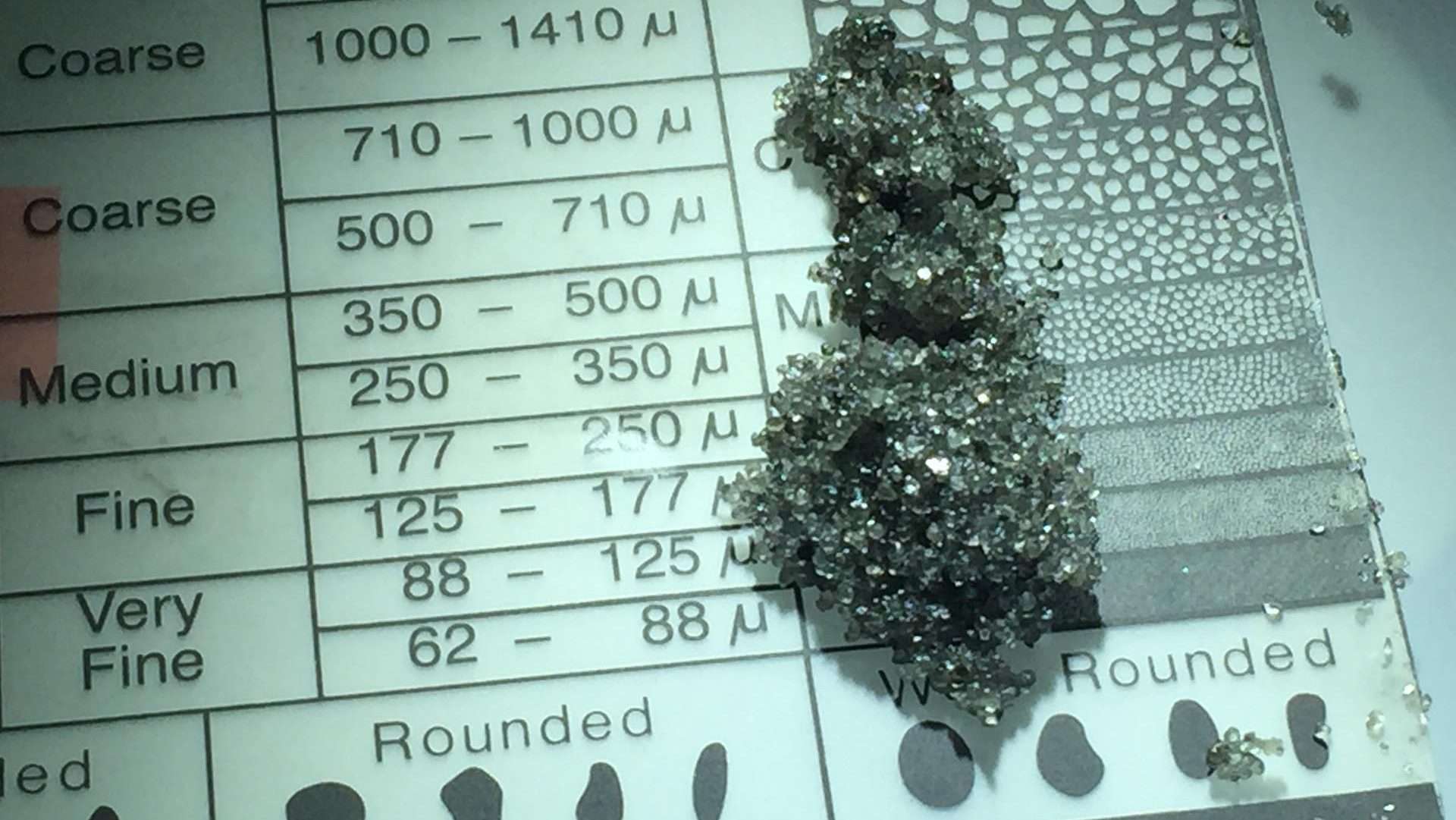Abstract
Connate water is held in hydrocarbon reservoirs either in a normal bulk state by capillarity or by adsorption at solid surfaces. The quantity of water held by adsorption on mineral surfaces of porous reservoir rocks depends mainly on their clay contents. Its contribution to the total connate water content is roughly estimated to be 2% pore space saturation. Since connate water saturations in hydrocarbon reservoirs commonly range from 15 to 50% of the pore spaces most of the water will be in its normal bulk state. Above the transition zone, the estimated bulk water saturation corresponding with capillary equilibrium rapidly approaches zero with height. Thus, measured irreducible saturations exceed capillary equilibrium saturations by an amount almost equal to the irreducible saturation. A possible reason for the,failure of reservoirs to achieve capillary equilibrium by diffusion even after geologic time, is that upward diffusion of water due to the geothermal gradient will dominate over downward diffusion due to gravity. Consideration of the manner in which water is distributed suggests a modification of Archie’s Law in which -; Part I of this paper was published in the CWLS Transactions, 1970 CWLS, Journal Vol. 3, No. l, December 1970 65 N. R. MORROW contributions to electrical conductivity of the continuous and discontinuous water saturations are distinguished. Above the transition zone it seems likely that formation resistivity is dominated by the conductance of drained rock surfaces.



